Clutching her daughter’s frail arm, Asmaa al-Arja gently pulls a shirt over Mayar’s jutting ribs and bloated belly.
The 2-year-old lies limp on a hospital bed in Khan Younis, her labored breathing giving way to a piercing wail.
She wraps her tiny arms around herself, as if seeking comfort from a world that’s offered her none.
This is not Mayar’s first battle with malnutrition in Gaza, but it’s her longest.
Now 17 days into her latest hospital stay, the child with celiac disease can no longer tolerate the meager food that remains in the war-ravaged enclave.
Gluten-free supplies are all but nonexistent under Israel’s crippling blockade. Even if they were available, her mother says, “She needs diapers, soy milk, special food – none of that is here. And if it is, I can’t afford it.”
Mayar is one of more than 9,000 children in Gaza treated for malnutrition this year, according to UNICEF. Aid officials warn the number could multiply in the coming months.
While experts caution that a full-scale famine looms if Israel’s siege continues, the World Health Organization issued a grim update last week: Famine is no longer a threat – it has arrived.
“Everywhere you look, people are hungry. … They point their fingers to their mouths showing that they need something to eat,” said Nestor Owomuhangi, the representative of the United Nations Population Fund for the Palestinian territories. “The worst has already arrived in Gaza.”
For more than two months, Israel has banned all food, medicine and other goods from entering the territory that is home to some 2 million Palestinians, as it carries out waves of airstrikes and ground operations.
Palestinians in Gaza rely almost entirely on outside aid to survive because Israel’s offensive has destroyed almost all the territory’s food production capabilities.
After weeks of insisting Gaza had enough food, Israel relented under international pressure and began allowing dozens of humanitarian trucks into the territory this week – including some carrying baby food.
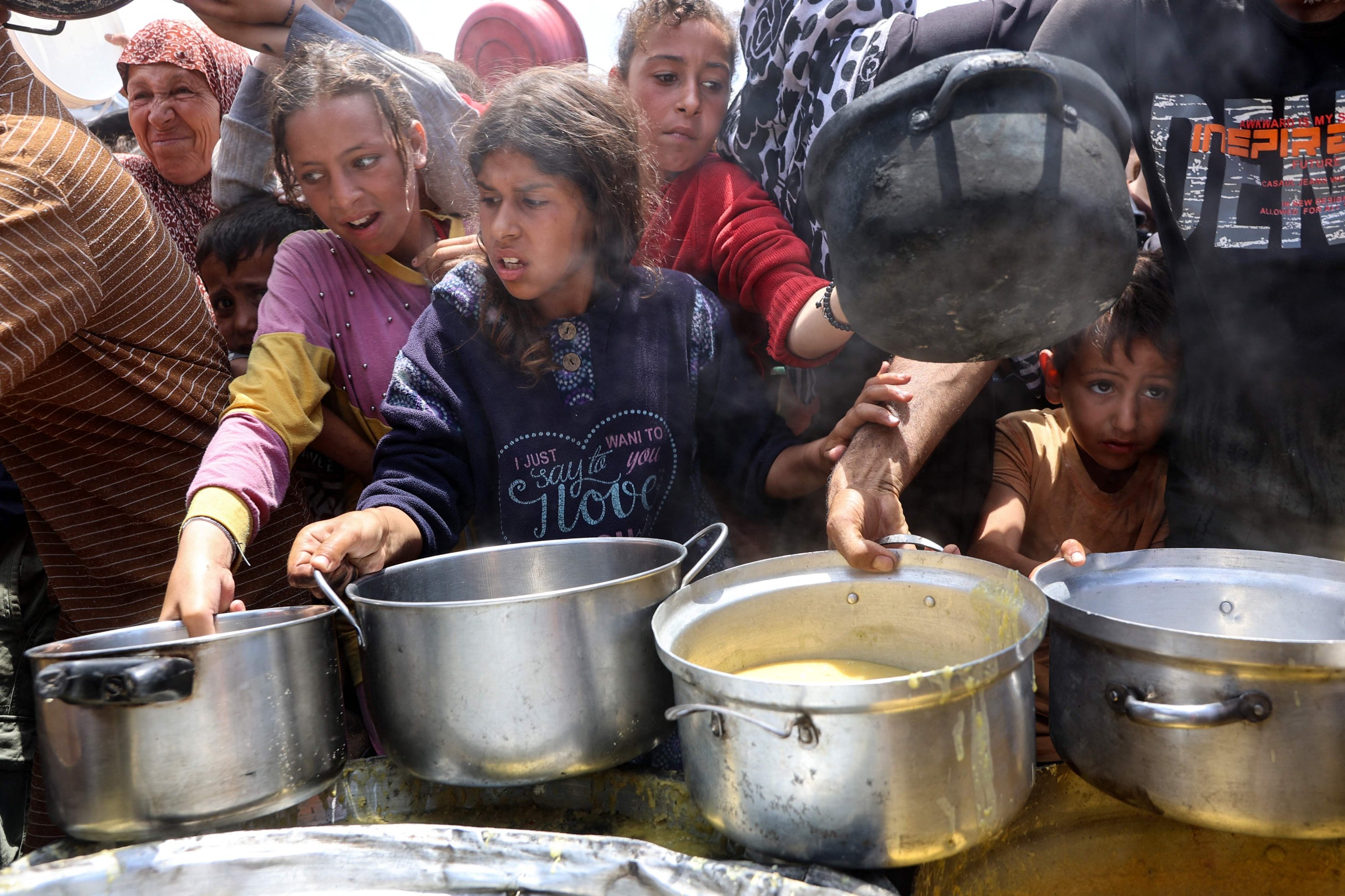
“Children are already dying from malnutrition, and there are more babies in Gaza now who will be in mortal danger if they don’t get fast access to the nutrition supplies needed to save their lives,” said Tess Ingram of the U.N. children’s agency.
But U.N. agencies say the amount is woefully insufficient, compared to around 600 trucks a day that entered during a recent cease-fire and are necessary to meet basic needs.
And they have struggled to retrieve and distribute the aid, blaming complicated Israeli military procedures and the breakdown of law and order inside the territory.
On Wednesday, a U.N. official said more than a dozen trucks arrived at warehouses in central Gaza. The official spoke on condition of anonymity because they were not authorized to speak to the press. That appeared to be the first aid to actually reach a distribution point since the blockade was lifted.
Israel accuses Hamas of siphoning off aid – without providing evidence – and plans to roll out a new aid distribution system within days.
U.N. agencies and aid groups say the new system would fall far short of mounting needs, force much of the population to flee again to be closer to distribution sites, and violate humanitarian principles by requiring people to move to receive aid rather than delivering it where they live.
On top of not being able to find or afford the food Mayar needs, her mother said chronic diarrhea linked to celiac disease has kept the child in and out of the hospital all year. The toddler – whose two pigtails are brittle, a sign of malnutrition – weighs 7 kilograms (15 pounds), according to doctors. That’s about half what a healthy girl her age should weigh.
But it’s getting harder to help her, health staff say, as supplies like baby formula disappear.
Hospitals are hanging by a thread, dealing with mass casualties from Israeli strikes. Packed hospital feeding centers are overwhelmed with patients.
“We have nothing at Nasser Hospital,” said Dr. Ahmed al-Farrah, who said his emergency center for malnourished children is at full capacity. Supplies are running out, people are living off scraps, and the situation is catastrophic for babies and pregnant women, he said.
In the feeding center, malnourished mothers console their hungry children – some so frail their spines jut out of their skin, their legs swollen from lack of food.
The Integrated Food Security Phase Classification, a leading international authority on the severity of hunger crises, has warned that there could be some 71,000 cases of malnourished children between now and March. In addition, nearly 17,000 pregnant and breastfeeding women will need treatment for acute malnutrition in the coming months.
Mai Namleh and her 18-month-old son, who live in a tent, are both malnourished. She wanted to wean him off breast milk because she barely has any, but she has so little else to give him.
She gives him heavily watered-down formula to ration it, and sometimes offers him starch to quiet his hunger cries. “I try to pass it for milk to stop him screaming,” she said.
An aid group gave her around 30 packets of nutritional supplements, but they ran out in two days as she shared them with family and friends, she said.
In another tent, Nouf al-Arja says she paid a fortune for a hard-to-find kilogram (about 2 pounds) of red lentils.
The family cooks it with a lot of water so it lasts, unsure what they will eat next. The mother of four has lost 23 kilograms (50 pounds) and struggles to focus, saying she constantly feels dizzy.
Both she and her 3-year-old daughter are malnourished, doctors said. She’s worried her baby boy, born four months ago and severely underweight, will suffer the same fate as she struggles to breastfeed.
“I keep looking for infant food … so I can feed him. There is nothing,” she said.

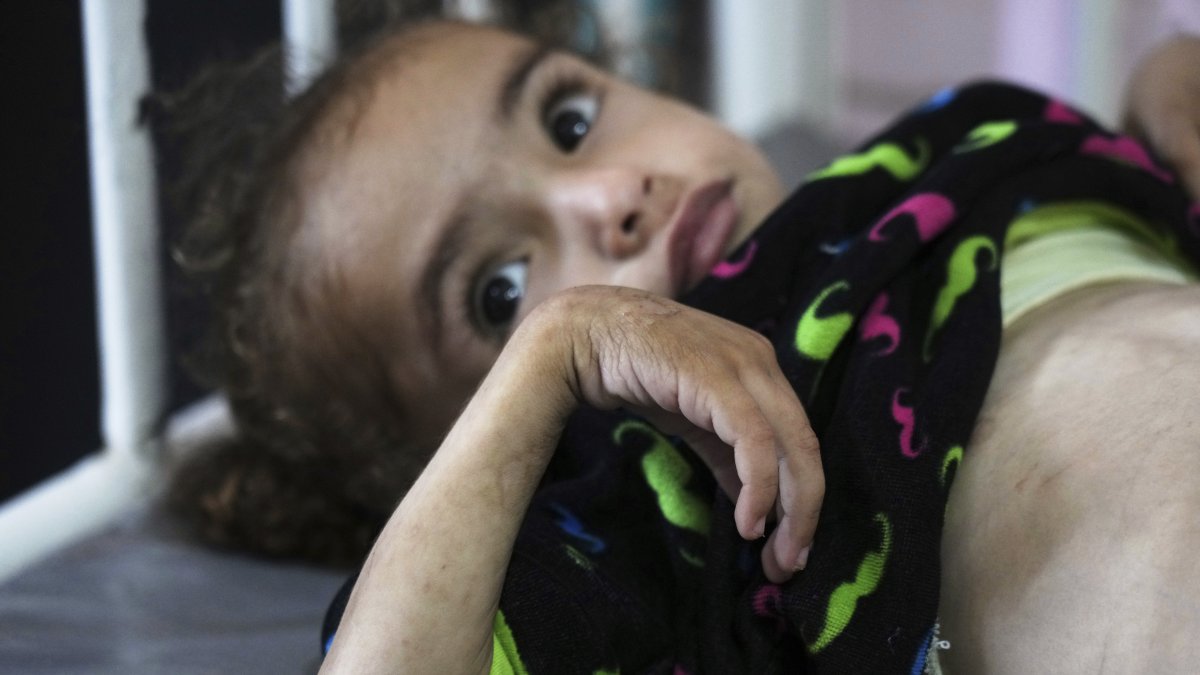



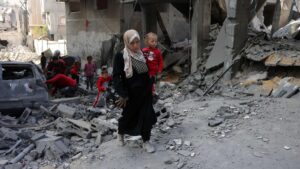









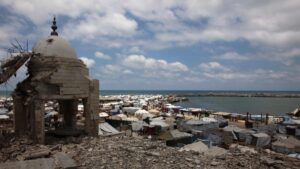
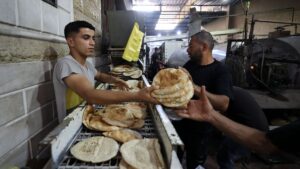


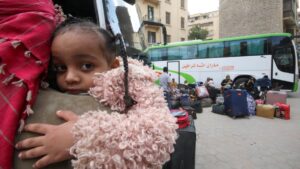
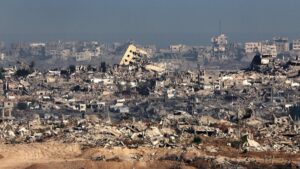

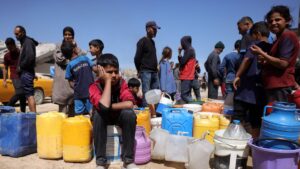



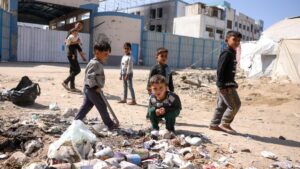

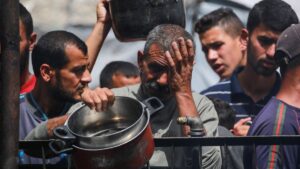




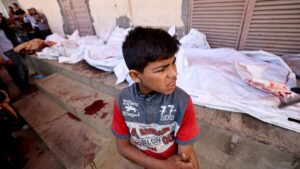
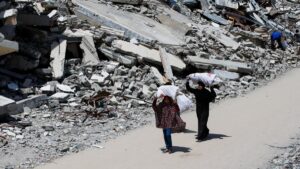
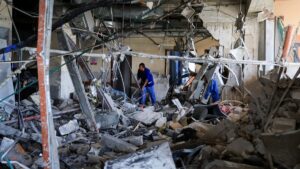
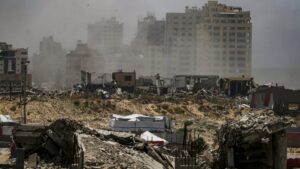



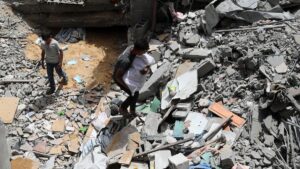



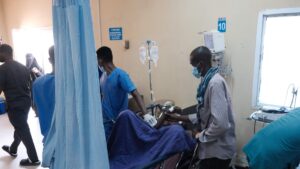





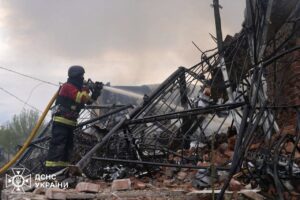
Be First to Comment